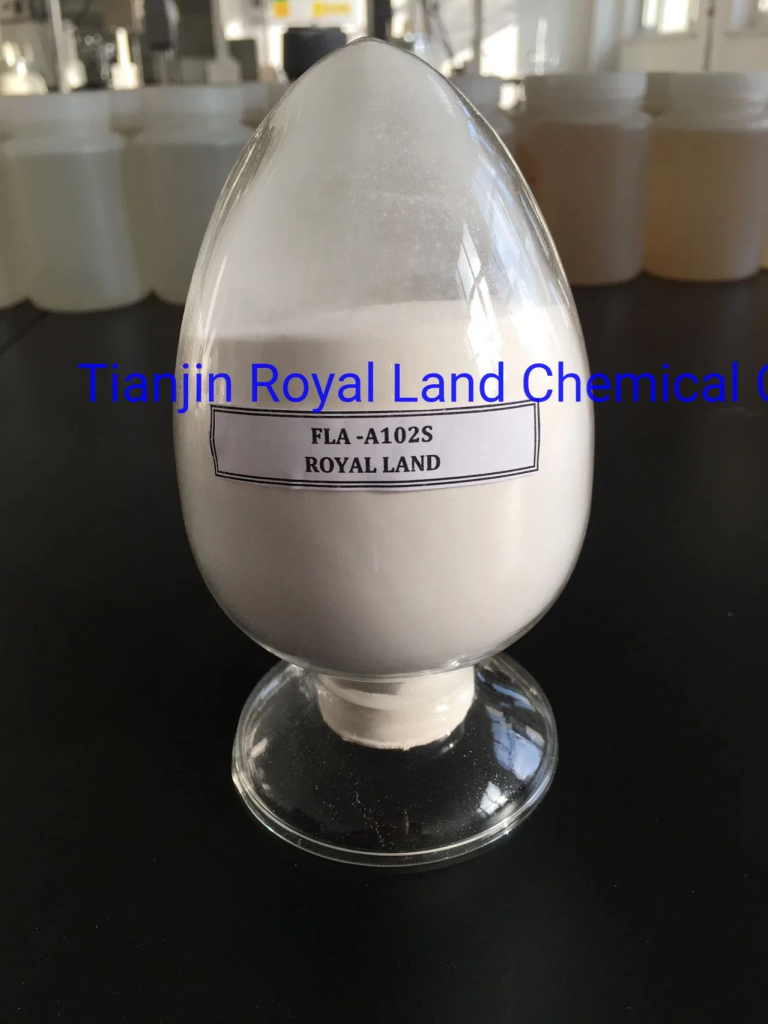In the fat and fuel industry, cementing represents a critical role in well structure and integrity. Cement substance reduction chemicals are an essential part of concrete slurries used to secure wellbores and prevent water migration. This information provides an in-depth knowledge of concrete liquid loss ingredients and their significance in ensuring the success of properly cementing operations.
The Concern of Fluid Reduction:
Substance reduction all through cementing can result in different dilemmas, such as for example lost circulation, compromised zonal solitude, and wellbore instability. Cement slurries without substance loss additives might not accomplish optimally in sealing the annular room involving the casing and formation.
How Concrete Fluid Reduction Additives Work:
Concrete water reduction chemicals are designed to reduce steadily the rate of filtrate reduction from the concrete slurry. They produce a buffer or filtration cake on the wellbore wall, preventing exorbitant substance loss while still letting the cement to create and harden effectively. That ensures the strength of the well.
Forms of Liquid Loss Additives:
There are several types of water reduction chemicals, including cellulose-based polymers, synthetic polymers, and other specialty additives. Every type has its distinctive attributes and is chosen on the basis of the specific properly problems and cementing requirements.
Great things about Using Liquid Loss Additives:
The advantages of adding fluid loss ingredients into cement slurries are numerous. These additives enhance the rheological qualities of the concrete, increase stability, minimize the risk of channeling, and subscribe to zonal isolation. They are instrumental in approaching the Cementing Additives Manufacturer of high-temperature, high-pressure (HTHP) conditions and stopping water migration.
Problems and Considerations:
While water reduction ingredients offer substantial benefits, their collection and application should be carefully considered. Factors such as for example properly https://dicoenergy.com/Products/Cementing-Additives_024.html temperature, stress, and formation faculties play a role in determining probably the most suitable additive for a given well.

Realization:
Cement substance reduction chemicals are essential tools for ensuring the achievement of properly cementing procedures in the gas and gas industry. By lowering fluid reduction, these additives donate to wellbore reliability, zonal solitude, and the long-term efficiency of fat and gasoline wells. Correct collection and software of fluid reduction chemicals are essential to address the initial issues presented by each well.